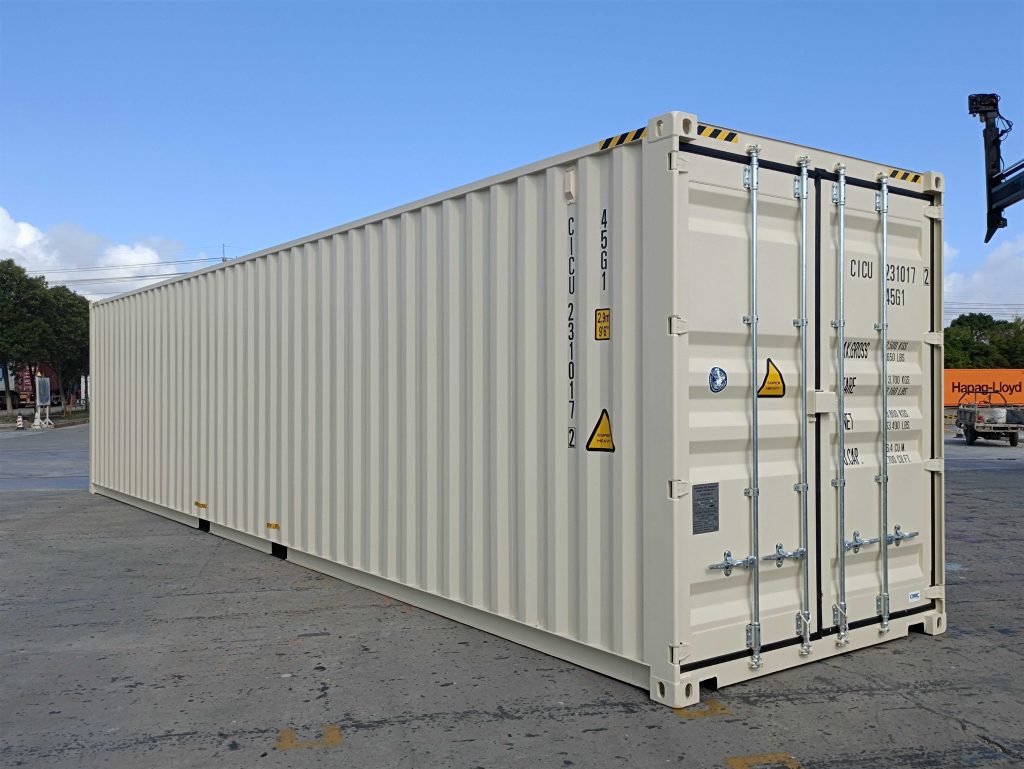The Essentials of Shipping a 20-Foot Container: A Comprehensive Guide
Shipping products globally can be a complex procedure, especially when it concerns container shipping. This post will dive much deeper into among the most typical sizes of containers-- the 20-foot container. It will explore what it is, how to prepare for shipping, the costs involved, and provide responses to regularly asked questions.
Understanding the 20-Foot Container
The 20-foot container, likewise known as a TEU (Twenty-foot Equivalent Unit), is one of the most commonly used sizes in container shipping. Its basic dimensions are as follows:
| Specification | Measurement |
|---|---|
| External Length | 20 feet (6.058 m) |
| External Width | 8 feet (2.438 m) |
| External Height | 8.5 feet (2.591 m) |
| Internal Length | 19.4 feet (5.898 m) |
| Internal Width | 7.7 feet (2.352 m) |
| Internal Height | 7.9 feet (2.393 m) |
| Maximum Gross Weight | 24,000 kg (52,910 pounds) |
| Payload Capacity | 21,600 kg (47,500 pounds) |
Key Features of 20-Foot Containers:
- Versatility: Suitable for a vast array of goods, consisting of basic cargo, machinery, and liquids (with unique adaptations).
- Cost-Effectiveness: Smaller than a 40-foot container, making it an excellent choice for medium-sized deliveries or to save money on shipping costs.
- Reduce of Handling: Standardized size permits for simpler loading and discharging at ports, minimizing transit time.
Preparation for Shipping
When shipping a 20-foot container, several actions are crucial to make sure the process goes efficiently:
1. Understand Your Cargo
- Kind of Goods: Identify if your freight is disposable, delicate, or harmful. This will influence the kind of container you'll require.
- Weight and Volume: Calculate the weight and volume of your goods to ensure they fit within the container's payload capacity.
2. Select the Right Container
There are various kinds of 20-foot containers available:
- Standard Dry Van: Basic container suitable for the majority of freight.
- Reefer: Temperature-controlled container for perishables.
- Open Top: Good for oversize cargo that can not be loaded through standard doors.
- Flat Rack: For heavy equipment and devices.
3. Secure a Shipping Line
Research and choose a dependable shipping business that has experience in international shipping. Think about COG Containers LTD , scheduling, and consumer reviews.
4. Prepare Documentation
Appropriate documentation is vital for smooth customizeds clearance. Key files might consist of:
- Bill of Lading
- Business Invoice
- Loading List
- Certificate of Origin
- Import/Export Permits
5. Load Your Container
Appropriate loading is crucial to prevent damage throughout transport.
- Usage pallets to arrange freight.
- Disperse weight evenly to maintain balance.
- Usage packing products like bubble wrap, foam, or strapping for added security.
6. Schedule Your Shipping
- Confirm your shipping dates and transit time.
- Comprehend the terms of shipping, including incoterms that dictate responsibilities and risks.
7. Insurance coverage
Think about cargo insurance coverage to secure your delivery versus loss or damage.
Cost Factors of Shipping a 20-Foot Container
The expense of shipping a 20-foot container can vary considerably based upon several elements, such as range, shipping line, and type of freight. Below is a general breakdown of possible costs:
| Cost Factor | Estimated Cost |
|---|---|
| Container Rental | ₤ 1,200 - ₤ 3,000 |
| Shipping Fee | ₤ 900 - ₤ 3,000 |
| Customs Duties & & Taxes | Differs by nation |
| Insurance coverage | 1-2% of cargo worth |
| Documentation Fees | Varies |
Tips for Reducing Shipping Costs
- Combine Shipments: Combine several deliveries into one to minimize charges.
- Select Off-Peak Shipping: Prices are typically lower during weekdays or offseason.
- Work out Rates: If you have regular deliveries, work out much better rates with your shipping line.
Frequently asked question Section
Q1: How long does it take to ship a 20-foot container?
A: Transit time can vary from a few days to a number of weeks depending upon the origin and location, in addition to the shipping route taken.
Q2: What can be delivered in a 20-foot container?
A: Almost any type of freight can be shipped as long as it fits within the container's weight and volume limits. This consists of equipment, household goods, bulk items, and more.
Q3: How lots of pallets suit a 20-foot container?
A: Typically, a 20-foot container can hold 8 to 10 basic pallets depending upon how the items are packed.
Q4: Can I ship a cars and truck in a 20-foot container?
A: Yes, a basic vehicle can typically fit in a 20-foot container together with other freight, as long as weight constraints are thought about.
Q5: What takes place if my container is delayed?
A: Shipping delays can happen for various reasons, consisting of weather or port blockage. Contact your shipping business for updates and contingency plans.
Shipping a 20-foot container is a vital part of worldwide trade, offering a convenient means to move goods throughout borders. By understanding the entire process, from preparation to cost elements, carriers can ensure their cargo reaches its location safely and effectively. Whether for personal or organization requirements, attending to all elements of shipping will assist make the journey smoother and more effective.

